- français
- English
Part III: Cutting patterns and applications
In this part we will see what cuts we can apply to a mesh to observe interesting behaviours. Each result is complemented with applicative illustrations.
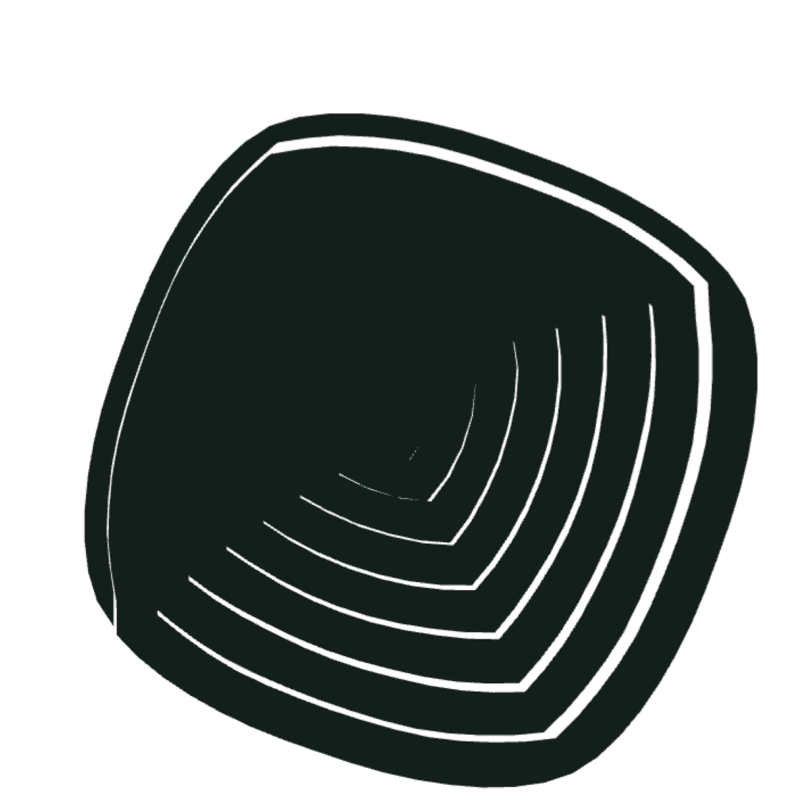
Mesh generation
Hand-made meshes
The following meshes have been created by hand from a simple square in the same manner as the base mesh in part 2. To obtain these different results they were then subdivided and manipulated deliberately into their actual form. These geometries where intentionally created for the subsequent cuts to be meaningful to both the topology and geometry of the cut and deformed mesh.
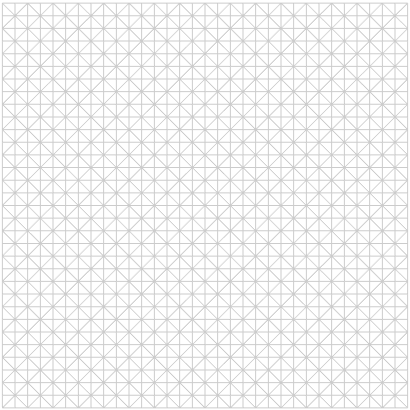
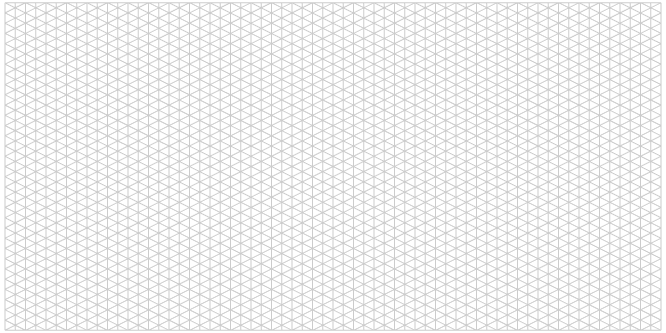
Here we can see the square (left) and rectangle (right) meshes that will be used to create garlands.
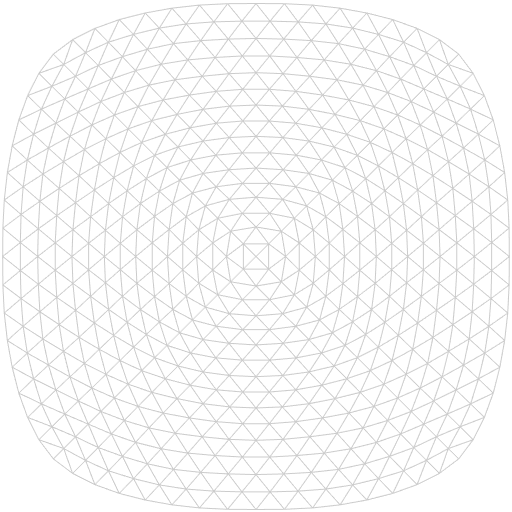
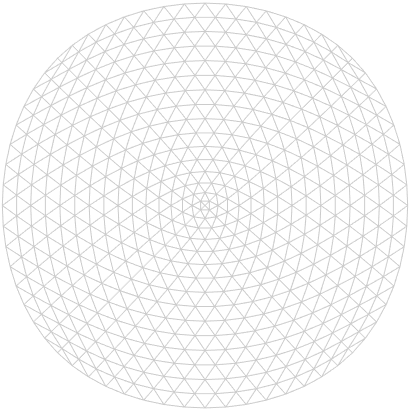
On top is the rounded square mesh, with apparently circling lines. The square features are more preserved on the left mesh.
Computer-generated meshes
The MeshCut plugin has an additional tool that allows the user to generate two types of meshes.
The first, on the left below, is a rectangular quad mesh, composed of squares, with specified width and height which dictate the total number of faces (= width x height).
The second is hexagonal in shape and consists of equilateral triangles. Its size can be viewed as the minimum number of edges necessary to traverse from the center to the border, 0 being a single triangle and 1 or more being a triangle tiling of the hexagon as seen in the right picture below. In this instance the generation process is iteratively circular. The top vertices is memorised until completion of a layer for the next, which allows triangles in the next layer to connect correctly to their sublayer counterparts.
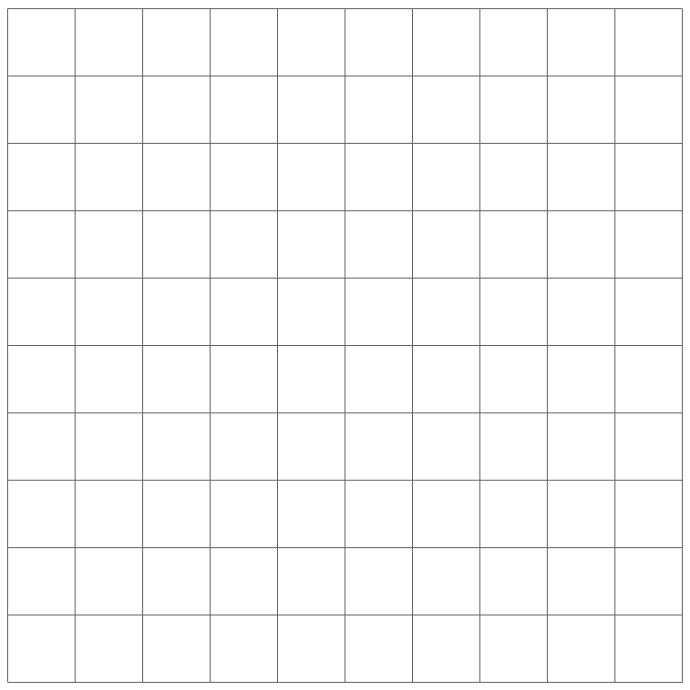
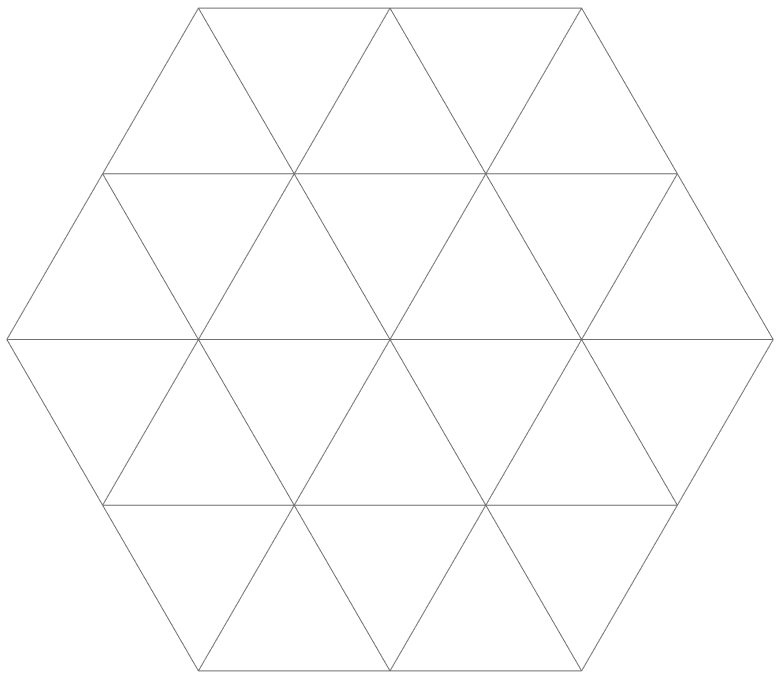
Cutting patterns and deformation
Garlands
The deformations in this section were realised using the same constraint type, namely the edge strain on all edges. After fixing the base, which is usually the outer border of the original mesh, we can pull on the center and see it deform.
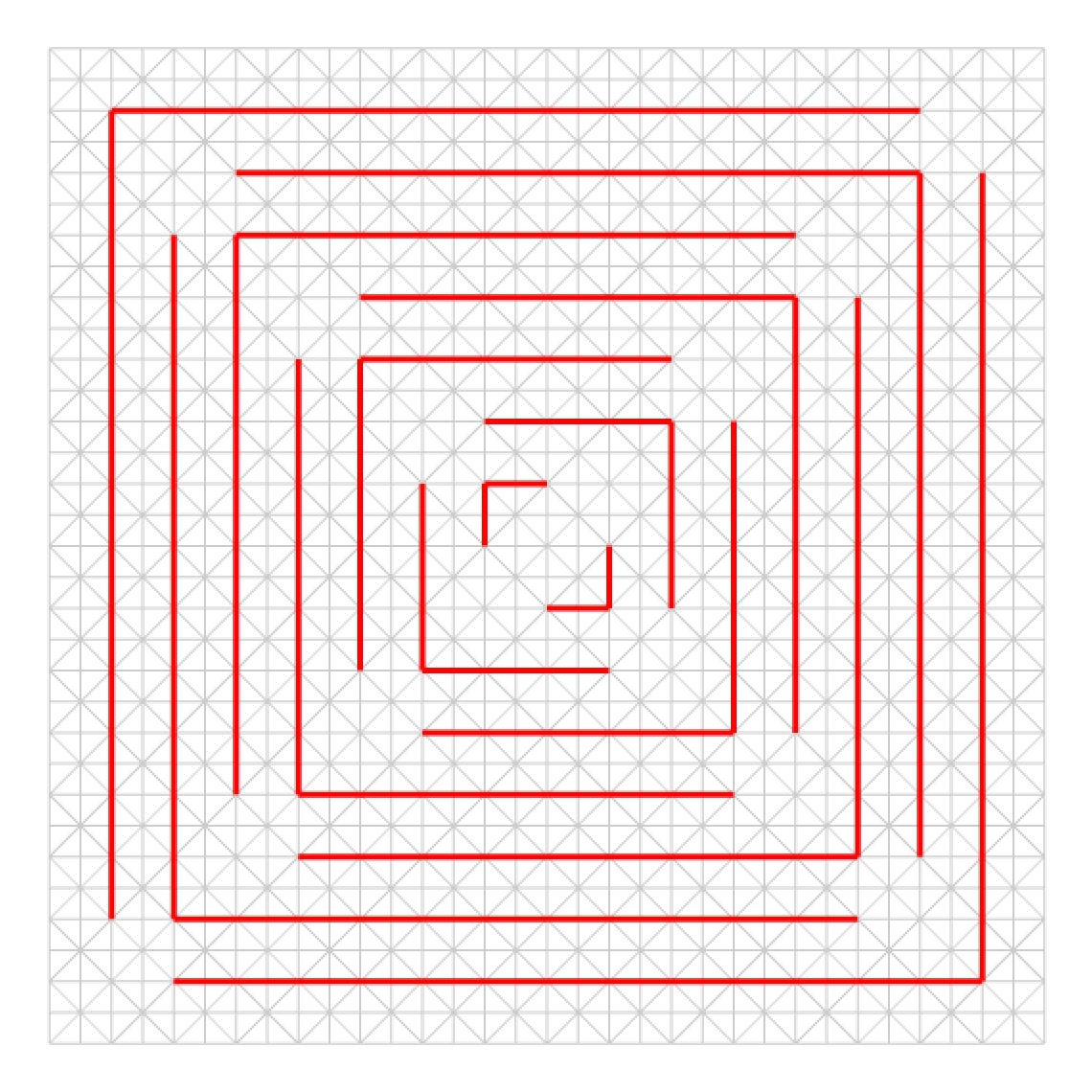
Using the square triangular mesh, I cut it by hand using alternating right angles such as shown in the picture above. Below we can see different views of the resulting deformed mesh.
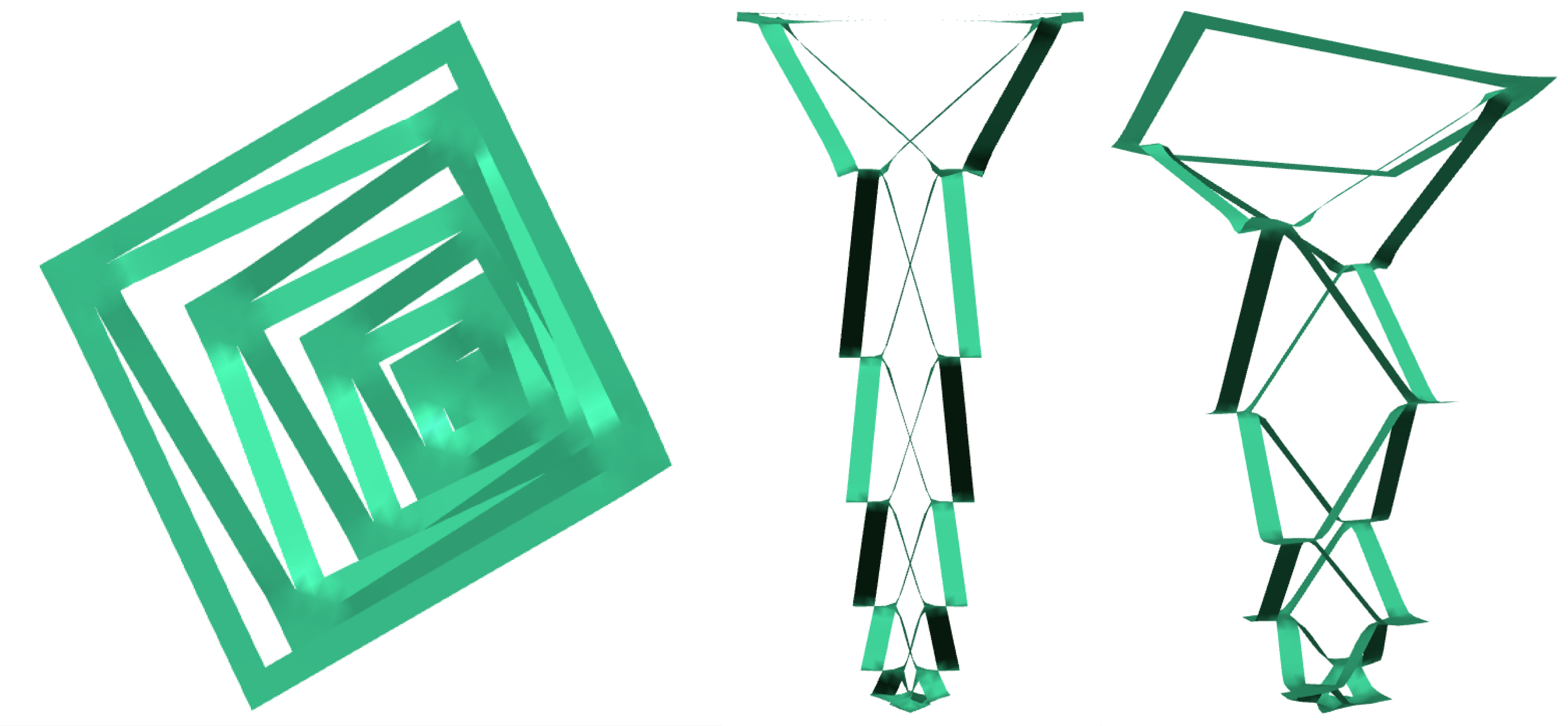
There are multiple other possibilities, with different base meshes and cutting patterns. Here is a vortex pattern turning into a christmas tree.
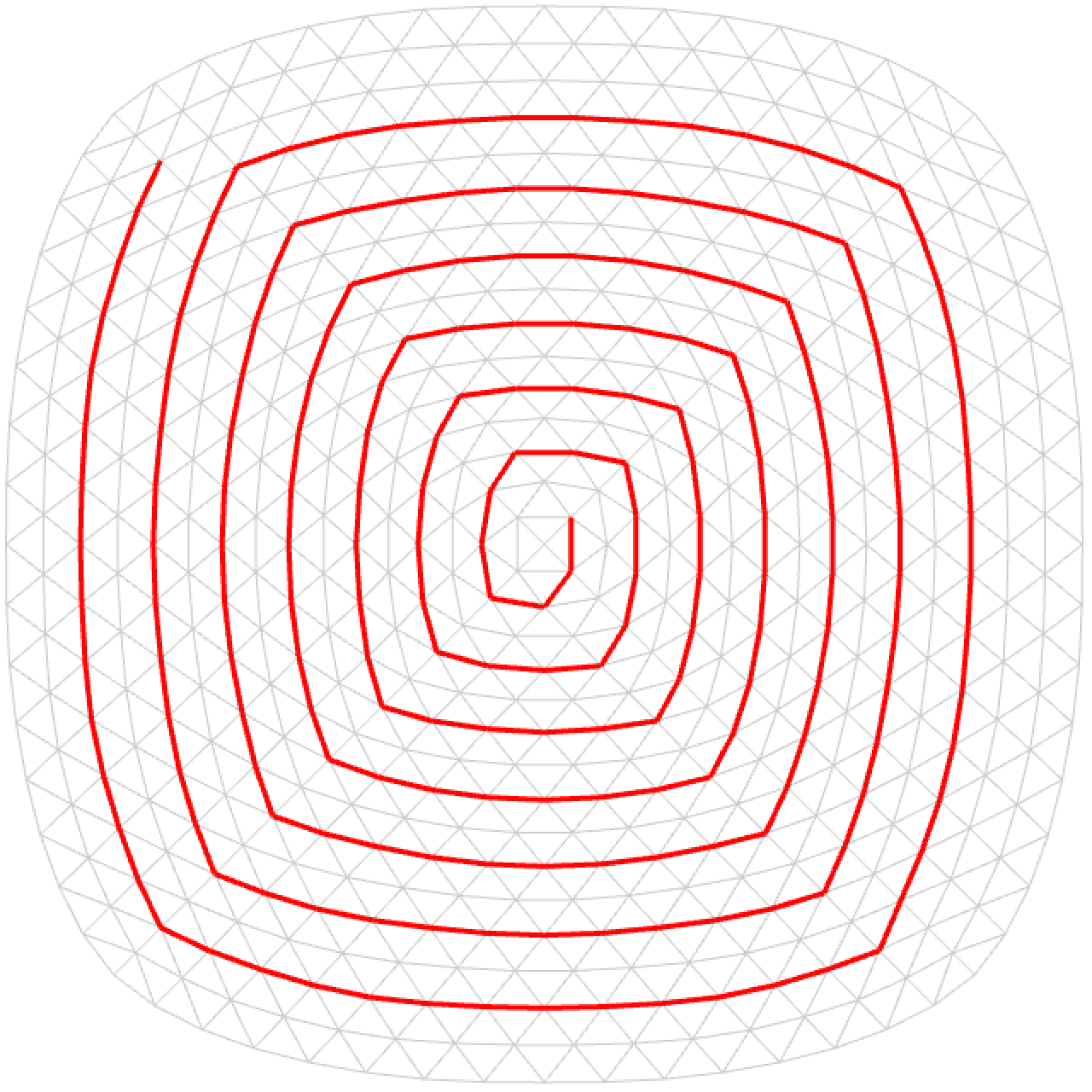
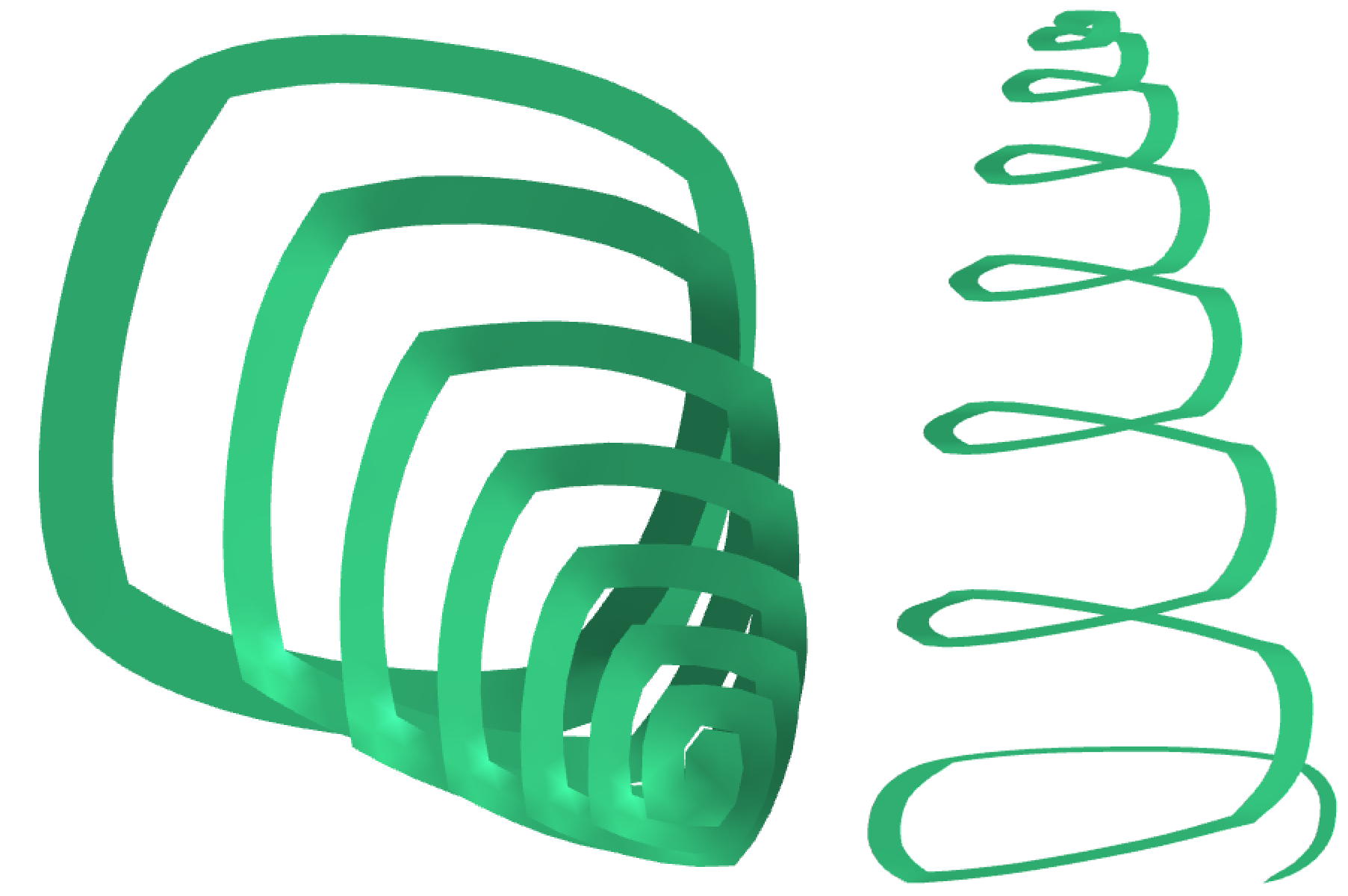
A net garland obtained from the rectangular mesh and the cutting pattern seen below.

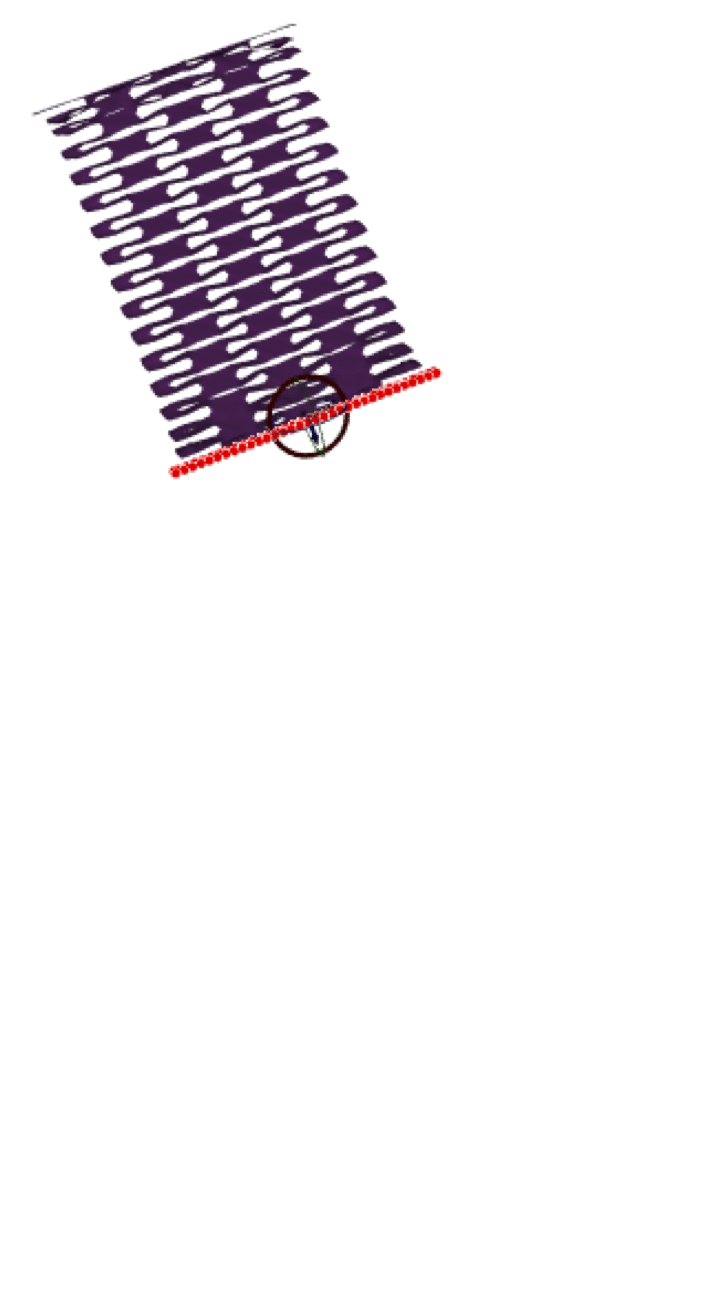
Other objects
A joulutorttu is a Finnish christmas pastry that looks like a windmill. The bent branches were handled using bending constraints to keep the volume of the fold.
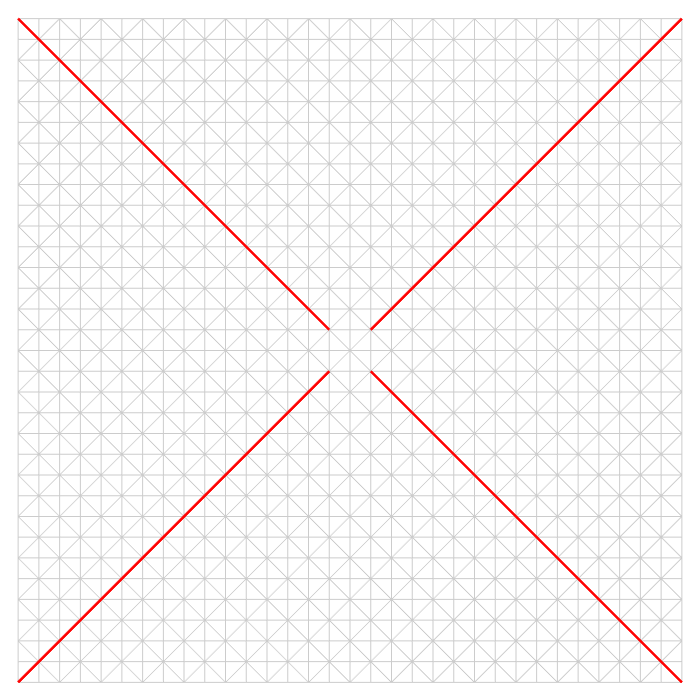
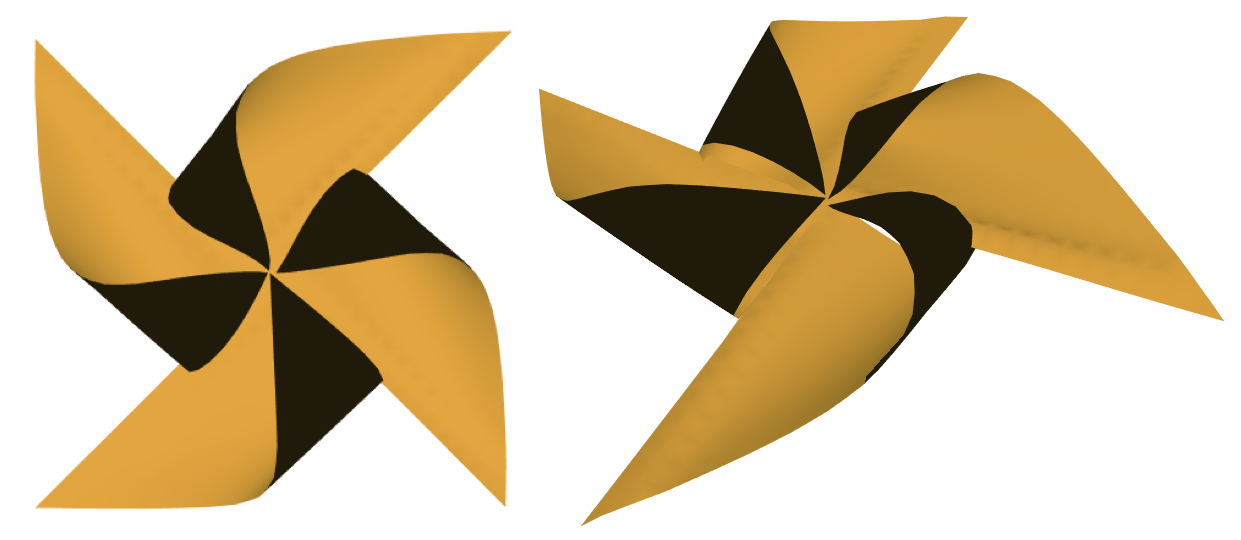
The following basket-shaped object uses the round mesh as a base and is cut along its circling lines' edges as depicted on the following figure. After being cut, the right and left side of the mesh are fixed and we pull at the center to get the result visible on the next images.
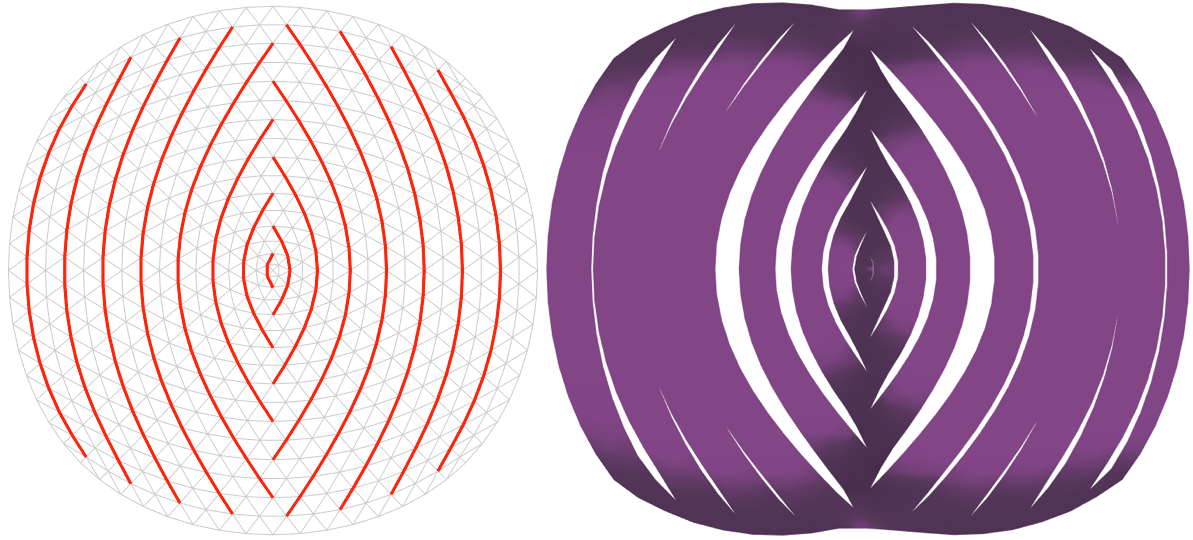

Hinged tessellation
The following meshes have been hinged tessellated at generation.
The quad mesh was generated as a 10x10 grid of squares, each connected to its neighbours in an alternated fashion.
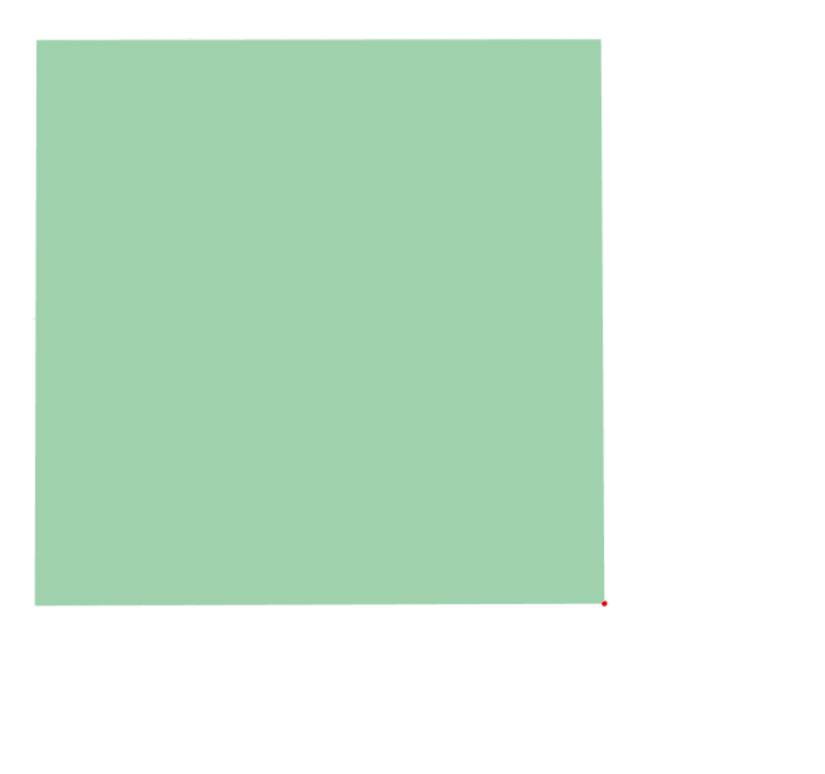
The hexagon-shaped triangular mesh can also be hinged tessellated in a similar way. Connectivity was achieved by alternating linkage upon creation.
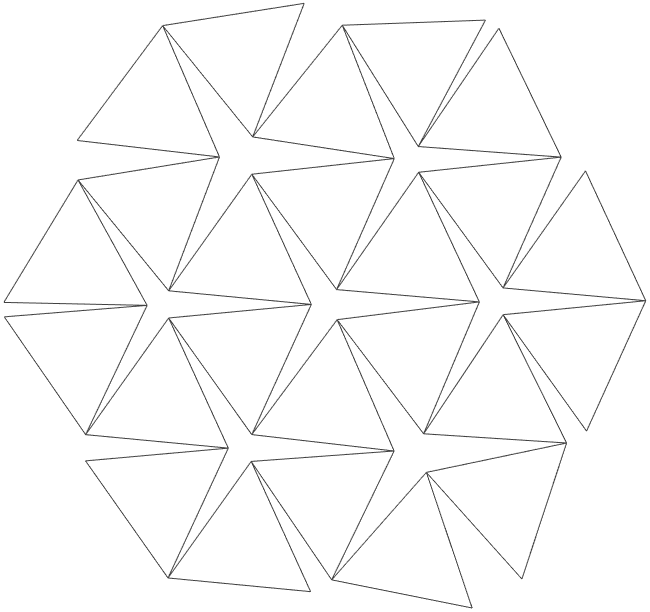
Multiple meshes
Combining multiple meshes together allows to create garlands out of smaller parts such as those seen previously. Here are possible examples of such combinations.
Garlands
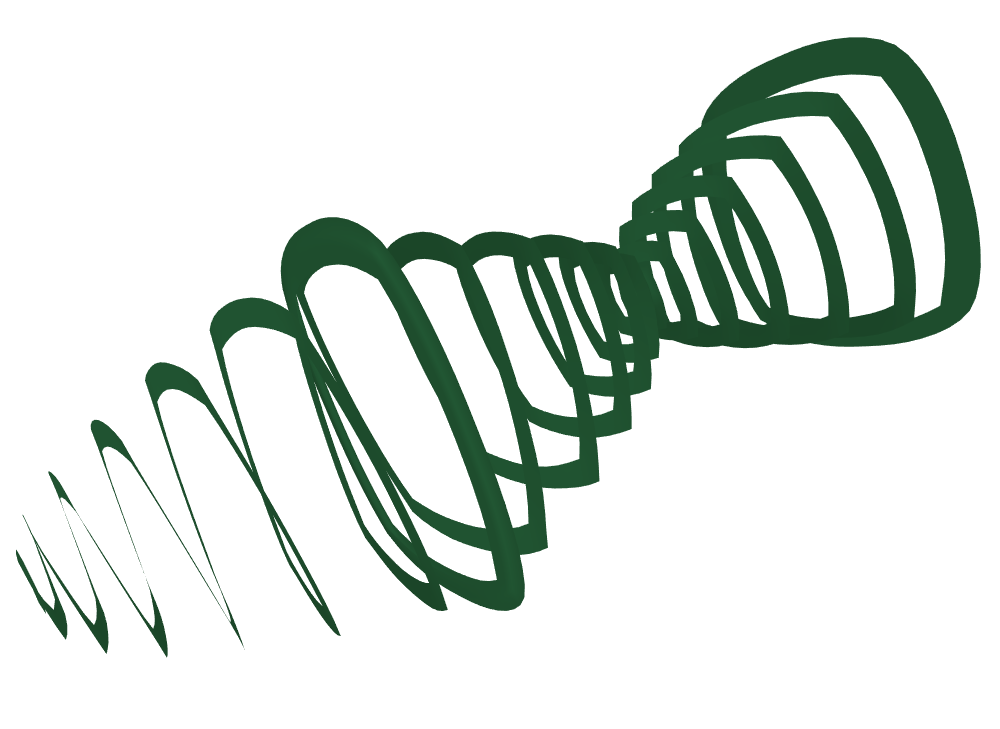
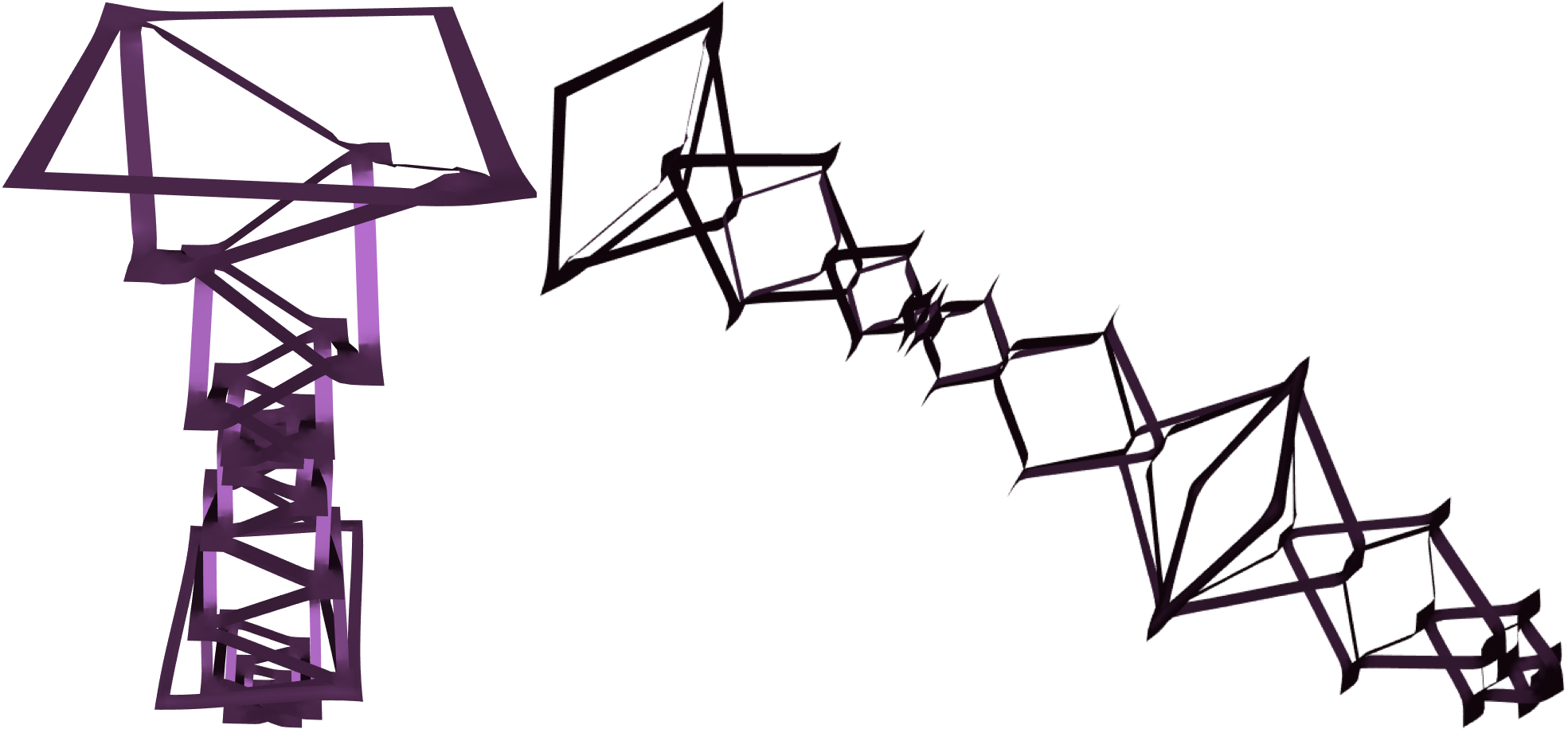
Lantern

